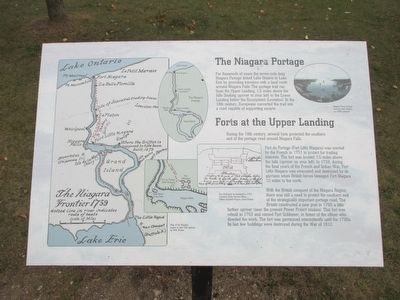Welcome to George Hadfield’s historical narrative. While George Hadfield might not be a location itself, it represents a vital part of Washington, D.C.’s architectural and historical landscape. George Hadfield was a British-born architect who played a significant role in shaping the early architectural identity of the United States capital. Born in Italy in 1763, Hadfield trained as an architect in England before being invited to America by Thomas Jefferson in 1795. He was initially appointed to work on the United States Capitol Building, a project that would become one of the most iconic structures in the country. Although his tenure on the Capitol was short-lived due to disputes, Hadfield left an indelible mark on the city.
One of Hadfield’s notable contributions is the Old City Hall, which later became the District of Columbia Court of Appeals. Completed in 1820, this building is a fine example of his architectural prowess, showcasing Federal-style architecture with its elegant proportions and classical details. Hadfield’s designs were instrumental during the formative years of Washington, D.C., helping to define the aesthetic of the burgeoning city. Beyond his work on public buildings, Hadfield also designed residential properties, contributing to the urban development of the capital.
An interesting anecdote about Hadfield’s life involves his conflict with the commissioners of the Capitol, which eventually led to his resignation. This episode highlights the struggles and triumphs faced by early architects in America as they navigated the complexities of building a new nation.
George Hadfield’s legacy is not just in brick and stone but in the influence he had on subsequent generations of architects in the United States. His work continues to be celebrated for its elegance and historical significance, making Hadfield an enduring figure in American architectural history.


